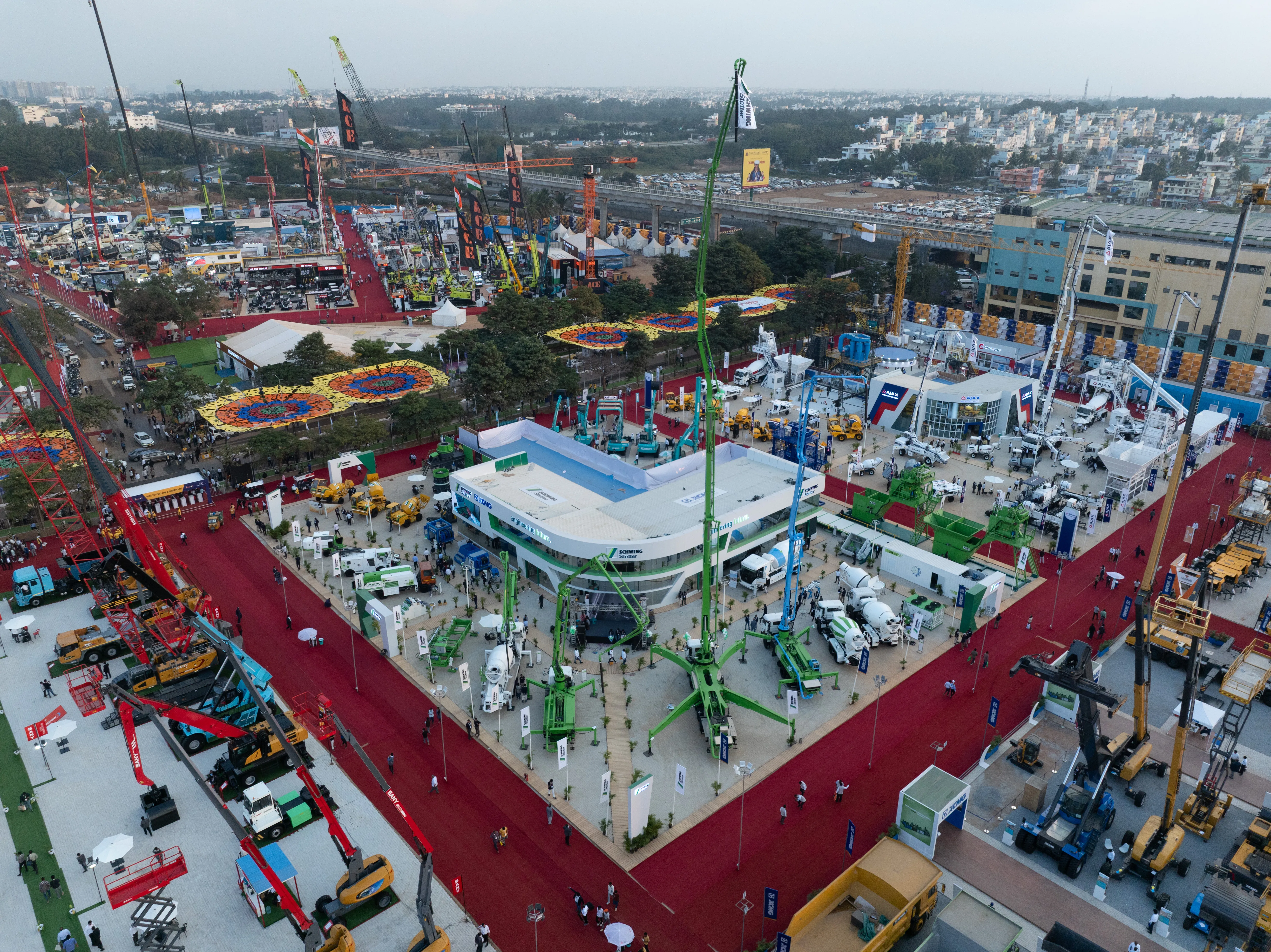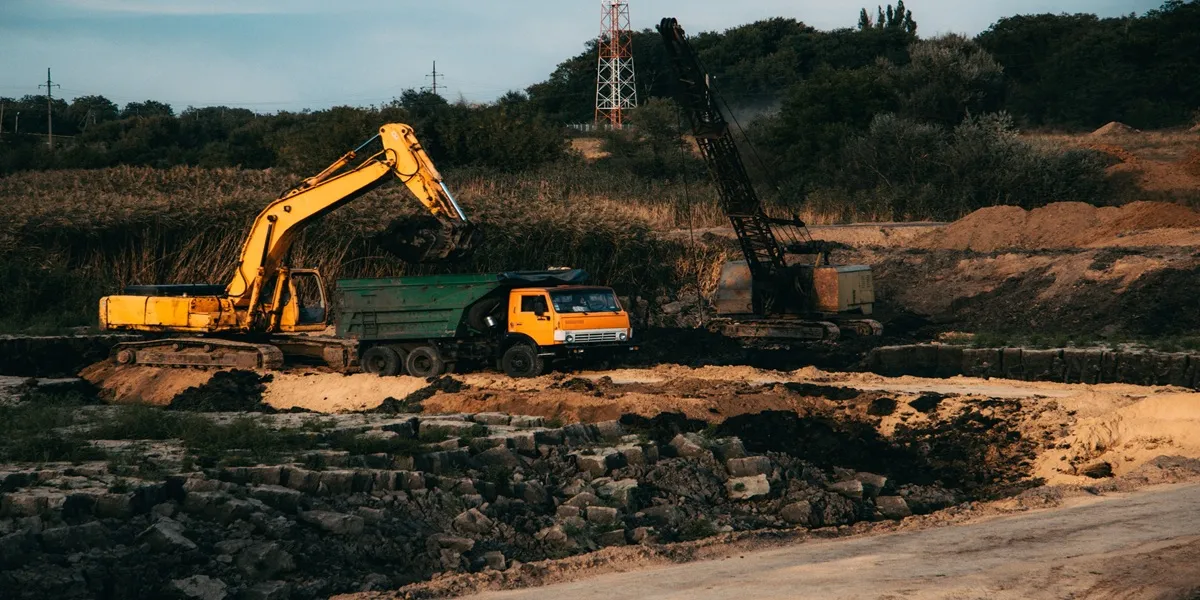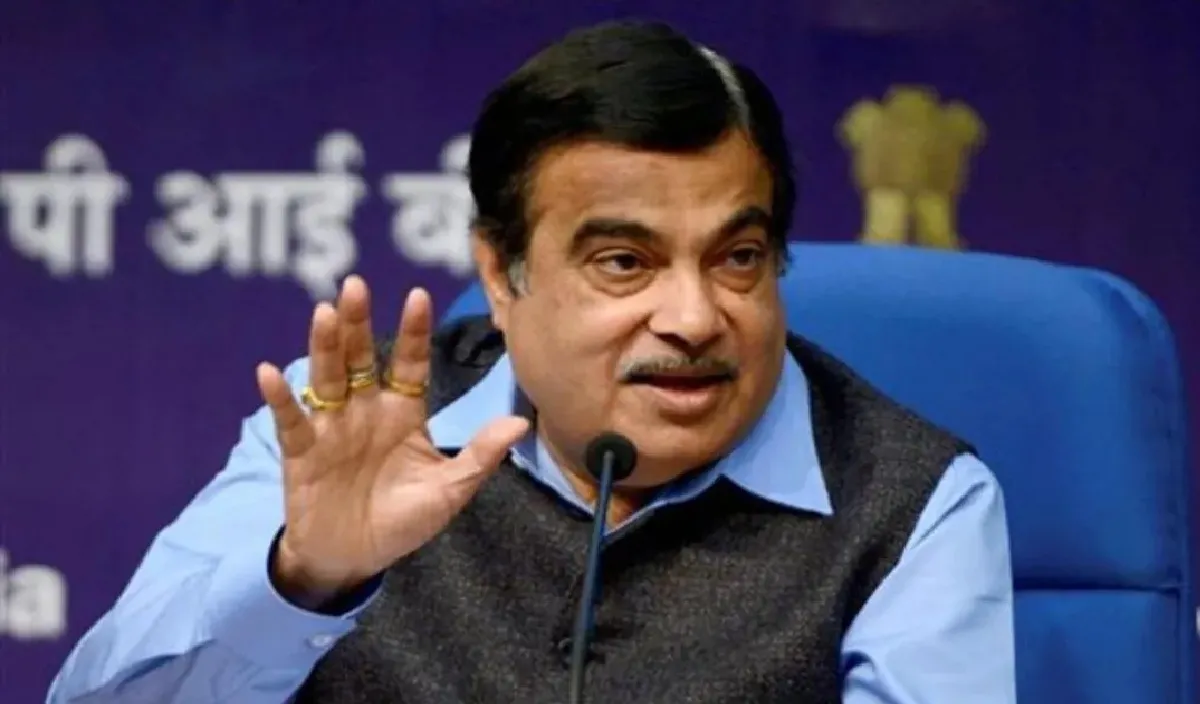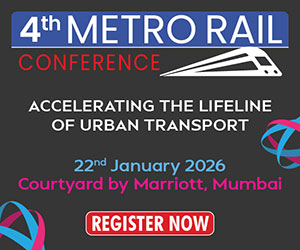 Pradeep Jain, Chairman, Parsvnath Developers
Pradeep Jain, Chairman, Parsvnath Developers
'Buyers are well-informed and are looking at timely completion, additional amenities and additional finishing. They demand a semi-finished apartment, as they then involve an architect for the complete finish. At present, the affordable market is doing well and the residential segment is improving. There are also buyers who look for ready-to-move-in apartments. In the affordable housing segment, we are developing 1,000 units in a 5-acre plot. Plus, the facilities are limited. So we brief the architect to provide the amenities considering the comfort of 1,000 families on 5 acre. Parking is the biggest issue these days, followed by greenery. Initially, when I came to investing in properties, people spoke of Delhi, Gurugram, Noida, Greater Noida, Ghaziabad, etc. Little did anyone think of a multi-storied housing complex in Karnal or Rajpura. But today, with an increase in quality infrastructure, these cities are coming to the forefront.'
 Dikshu C Kukreja, Principal Architect, CP Kukreja Architects
Dikshu C Kukreja, Principal Architect, CP Kukreja Architects
'In today's world, we are mostly driven by what we see in the virtual world. Today, we meet a client and he has a list of Pinterest images to tell you what he is looking for. Similar is the case in architecture, which is why it is more important to build and emphasise on our own culture. Over the past 20 years in infrastructure, we have only aspired to what we have seen in the West. As a designer, I feel it is important to be able to bring out social values. So, if we are designing a housing project, I would urge the developer to think about creating community facilities - and we are not talking about double-height lobbies, big clubhouses or a swimming pool! What our cities need is affordable housing. Whether it is affordable, self-sustained or luxury, what the buyer wants will always be aspirational. As a consumer, you will aspire to more than what you can afford. But the trick lies in providing spaces that do not cost much, are open and where people can at least come out and enjoy the environment.'
 Aninda Bagchi, Associate Director-Project Management Group, CBRE South Asia 'At the end of the day, when you are delivering to a buyer, you are delivering a promise. And buying power, today, is much more younger than what it was a couple of years back. Buyers today are more conscious about what they are paying for and they ask questions. Speaking of gated communities in the North, whether it is Delhi-NCR, Chandigarh, Mohali or Jaipur, all the cities have a different sentiment. And people want more amenities for the price they are paying. What the buyer wants today is to develop a relationship, not a transaction. He does not want a deal, but he is willing to pay more if he knows what he is spending the money for.'
Aninda Bagchi, Associate Director-Project Management Group, CBRE South Asia 'At the end of the day, when you are delivering to a buyer, you are delivering a promise. And buying power, today, is much more younger than what it was a couple of years back. Buyers today are more conscious about what they are paying for and they ask questions. Speaking of gated communities in the North, whether it is Delhi-NCR, Chandigarh, Mohali or Jaipur, all the cities have a different sentiment. And people want more amenities for the price they are paying. What the buyer wants today is to develop a relationship, not a transaction. He does not want a deal, but he is willing to pay more if he knows what he is spending the money for.'
 Sheetal Rakheja, Managing Partner, AEON Design & Development, and Co-chair, IGBC Delhi Chapter
Sheetal Rakheja, Managing Partner, AEON Design & Development, and Co-chair, IGBC Delhi Chapter
'There has been a shift over the past couple of years towards green and sustainability. People have started realising its benefits to them and the environment, and that it does not cost more. Users are preferring apartments with good ventilation, shading, insulation, etc. And from a user's perspective and as a designer, if you build more sustainability, it brings along an overall benefit. Where we are lagging right now is that we have worked with international companies and they do a proper planning of everything.
There are no changes once a plan is put in place. So you do a cost analysis, ie be clear on the cost and add in the contingencies, and then you move forward with the project. So, the design needs to be frozen in time, sufficient time needs to be given on planning, and the developer needs to build all that and then look at the cost and launch the project.'
 Lipika Sud, Founder Director, Lipika Sud Interiors
Lipika Sud, Founder Director, Lipika Sud Interiors
'The market is changing dynamically. And the established builders have to wake up to the current situation. There are no buyers for the luxury segment. There has to be a huge shift to understand what buyers want. And for this, it is important to first understand and address the fact that today's buyers are from an average age group of 25-30 years. They do not want the traditional luxury property. So, developers need to revisit the whole scenario considering who they are building for. Here, there are different segments: The young segment, the elderly segment and the mid-age segment. As an interior designer, I would say semi-finished apartments are what builders should offer because most buyers today want to do them up their own way.'

























